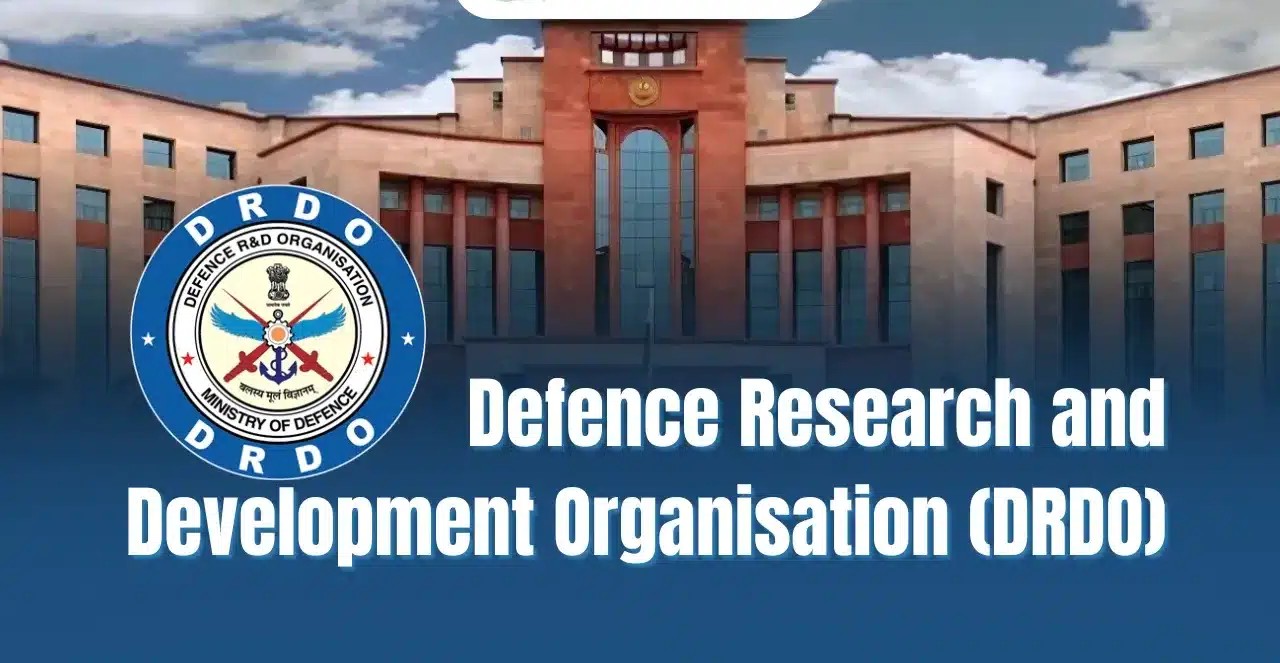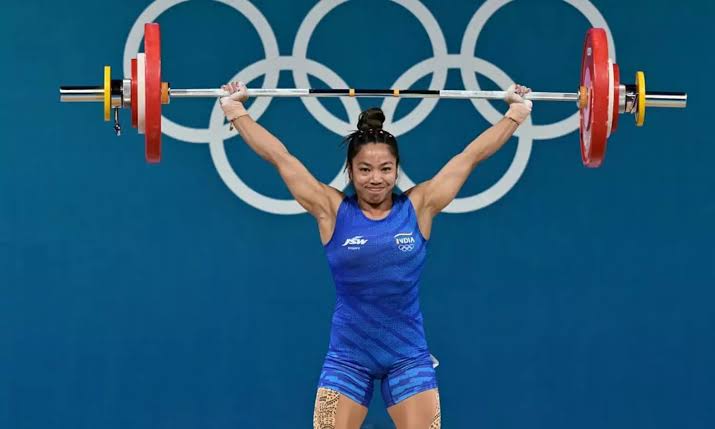 Image Source : Vajiram & Ravi
Image Source : Vajiram & Ravi
India’s Defence Research and Development Organisation (DRDO) has achieved a landmark milestone with the successful maiden flight tests of its indigenous Integrated Air Defence Weapon System (IADWS). Conducted off the Odisha coast on August 23, 2025, this breakthrough advances India’s ‘Mission Sudarshan Chakra’ — a strategic national initiative targeting a multi-layered, networked air and missile defence umbrella by 2035. This accomplishment marks a major stride towards building a robust, technologically advanced shield designed to secure critical military and civilian infrastructure from aerial threats and enable swift counter-offensive capabilities.
Key Highlights From The Successful Flight Tests
The maiden flight tests included simultaneous interception and destruction of three distinct targets at different ranges and altitudes, showcasing the system’s multi-target engagement prowess.
The IADWS integrates three cutting-edge indigenous components — Quick Reaction Surface-to-Air Missiles (QRSAM), Very Short Range Air Defence System (VSHORADS) missiles, and a high-power laser-based Directed Energy Weapon (DEW).
All weapon systems, radars, communication networks, and the Centralised Command and Control Centre, developed by DRDL Hyderabad, functioned flawlessly during tests.
The system demonstrated capability to neutralize modern aerial threats such as high-speed UAVs, multi-copter drones, and missile attacks simultaneously.
The event signifies a critical step towards operationalising Mission Sudarshan Chakra, announced on India’s 79th Independence Day in 2025, aimed at creating an all-encompassing air defence grid by 2035.
Understanding The Integrated Air Defence Weapon System (IADWS)
IADWS is a multi-layered air defence platform designed to provide India with a comprehensive shield against a broad spectrum of aerial threats. It blends fast-reacting surface-to-air missile technology with advanced short-range missile systems and futuristic directed energy-based interception, ensuring layered and redundant defence coverage. The system offers:
-
QRSAM for quick response and medium-range interception of airborne targets, enhancing area defence.
-
VSHORADS missiles for engaging close-proximity threats, including low-flying drones and aircraft.
-
DEW, a laser-based weapon that provides high-precision, rapid-response neutralization of incoming threats at the speed of light.
-
Real-time situational awareness and target engagement through an integrated command centre that synchronizes sensor and weapon operations efficiently.
Mission Sudarshan Chakra: India’s Vision For Air Defence By 2035
Unveiled as a flagship initiative by Prime Minister Narendra Modi, Mission Sudarshan Chakra aims to build a state-of-the-art integrated air defence shield comparable to the Iron Dome system. This networked defence framework combines surveillance, interception, cyber-defence, and command capabilities to protect strategic military assets and vital civilian installations such as hospitals, railways, and religious sites. The mission emphasizes:
-
Self-reliance (Atmanirbharta) by developing indigenous advanced weaponry and technologies.
-
Robust defence with an emphasis on counter-offensive capabilities to deter and punish aggressors.
-
Full operational readiness targeted for 2035, encompassing progressive upgrades and expansions.
-
Integration with India’s expanding missile arsenal, including Pralay and BrahMos systems, enhancing strategic deterrence.
Significance For India’s Defence Ecosystem
The success of IADWS flight tests strengthens India’s indigenous defence manufacturing capabilities and reduces dependence on foreign suppliers. It also boosts confidence in India’s preparedness against modern aerial warfare risks like drone swarms, cruise missiles, and precision strikes. Defence Minister Rajnath Singh lauded the achievement, highlighting it as a testimony to India’s growing technological prowess and a critical asset for national security.
Looking Ahead: Challenges And Next Steps
While the maiden test marks a major achievement, the path to full operational deployment involves:
-
Extensive trials across varied scenarios and terrains.
-
Integration with existing air defence networks (S-400, Akash, Barak-8).
-
Operator training and infrastructure enhancement.
-
Continuous R&D to upgrade missile ranges, sensor capabilities, and directed energy weapons.
India’s strategic defence future envisions Mission Sudarshan Chakra as a game-changing asset that not only defends but also empowers the nation with rapid, assured retaliation capabilities.
Summary
DRDO successfully conducted maiden flight tests of the indigenous Integrated Air Defence Weapon System on August 23, 2025.
IADWS integrates QRSAM, VSHORADS, and laser-based Directed Energy Weapons for a multi-layered defence shield.
The test demonstrated simultaneous interception of multiple aerial threats at varying ranges and altitudes.
Mission Sudarshan Chakra, India’s ambitious 2035 air defence vision, aims at a networked, self-reliant, and decisive defensive shield.
The milestone bolsters indigenous defence technology and strategic autonomy for India.
Source: DRDO, Ministry of Defence India, The Indian Express, Times of India, Electronics For You, Defence Star, Economic Times Defense
Advertisement
Advertisement






